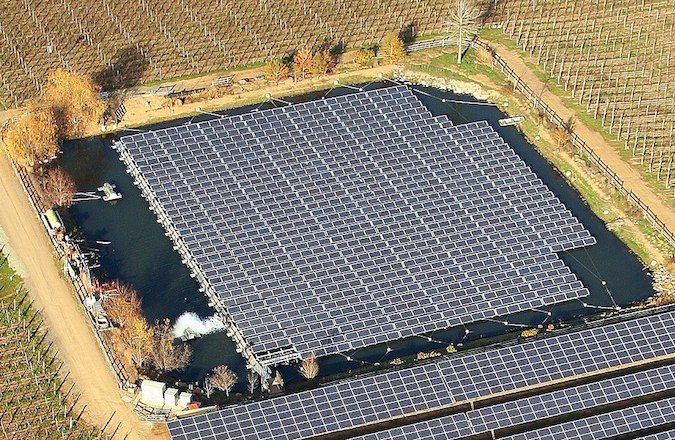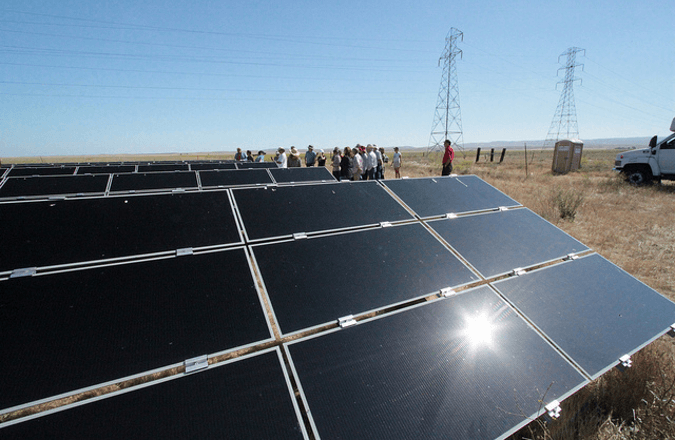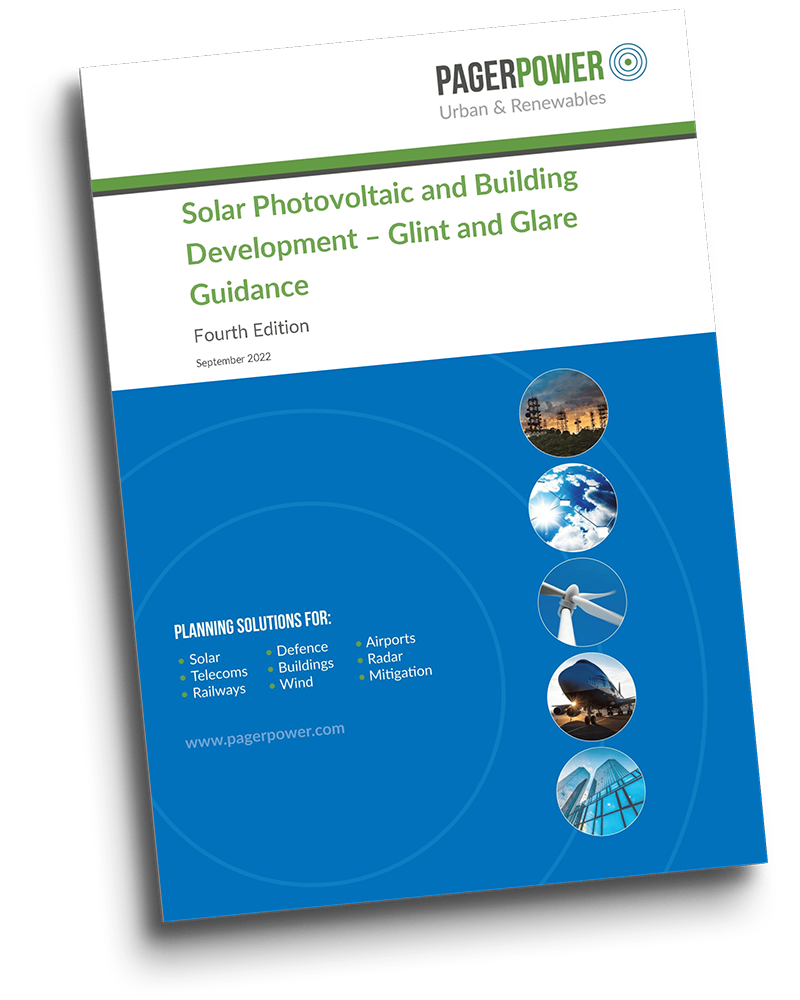Articles by Solar

The deployment of solar photovoltaics is set to lead the renewables race in the USA in 2022 as its development is expected to exceed that of its renewable counterparts, most [...]

Solar photovoltaic developments routinely require glint and glare assessments as part of the planning application. The driving force behind this is the potential for: Safety impacts on surrounding roads, railway [...]

Background Solar panels are now a common source of renewable energy generation and becoming a common part of urban landscapes. They can range from a large-scale solar farm to a [...]

Overview The Federal Aviation Administration (FAA) recently announced a final policy to replace their interim glint and glare guidance. The update states the FAA’s final stance on how solar photovoltaic [...]

Overview Pager Power has been undertaking glint and glare assessments for solar developments for almost 10 years. During this time, we have heard and read a variety of misconceptions about [...]

Background Solar panels harness energy from the sun. There is a large magnitude of solar energy available on Earth, potentially making solar panels one of the more effective solutions to [...]

Please note that the Fourth Edition of the Glint and Glare Guidance has since been published and can be downloaded here. Download the third edition of the Glint and Glare [...]

Introduction The cumulative capacity of worldwide floating photovoltaic (FPV) projects is currently 2600 MW, representing just 0.41% of the total cumulative capacity of all worldwide solar projects. However, momentum is building [...]

Overview Solar Panel Glare occurs even though it is not expected because solar panels are designed to absorb sunlight, rather than reflect it. Solar Panel Glare is greater than expected [...]

Background The Civil Aviation Authority (SACAA) in South Africa requires that solar project applications have a Glint and Glare Impact Assessment Report. The requirement is that all new applications should [...]




